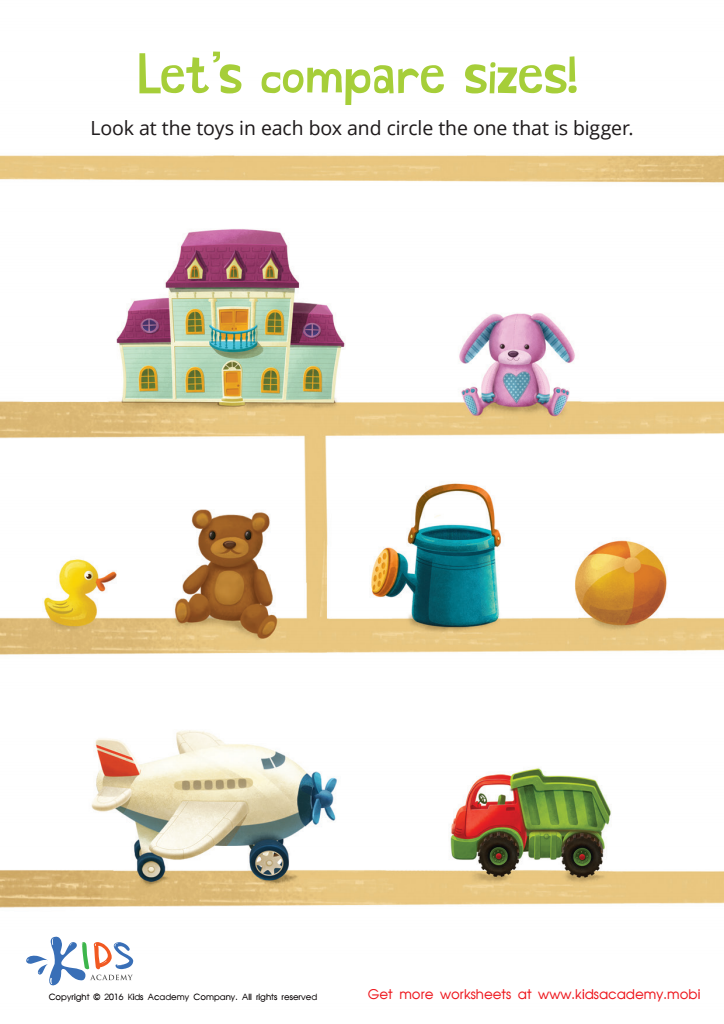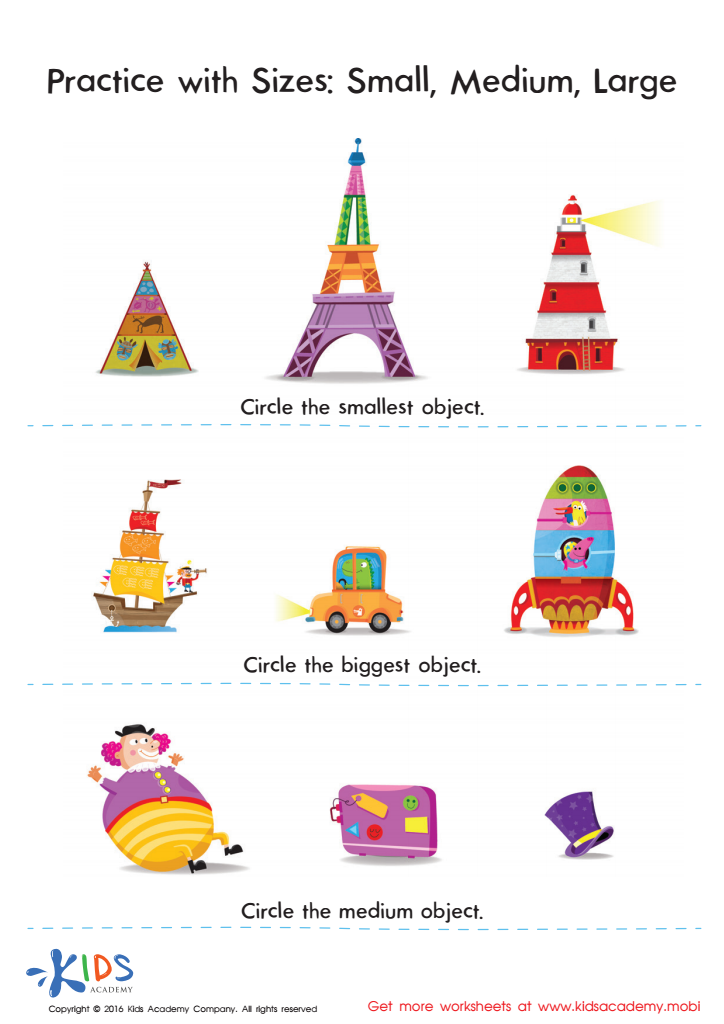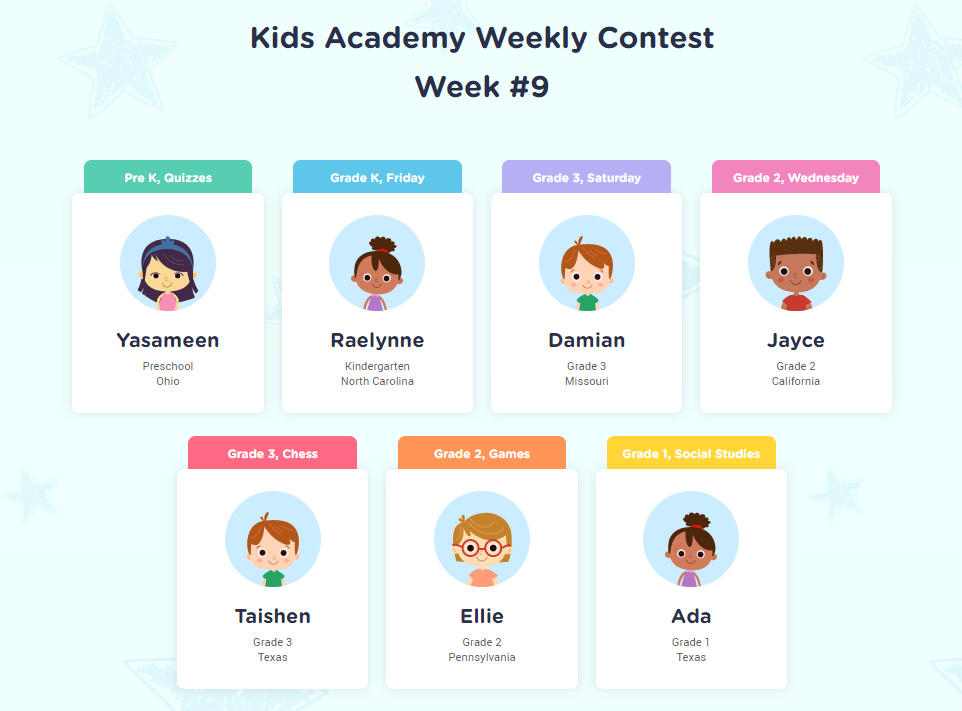Understanding sizes Worksheets for Ages 6-7
3 filtered results
-
From - To
Unlock your child's potential with our expertly crafted "Understanding Sizes Worksheets for Ages 6-7." Designed to enhance early learning, these engaging activities help young learners differentiate between various sizes while having fun. Each worksheet focuses on comparing objects, identifying larger or smaller items, and sequencing sizes. These entertaining exercises promote critical thinking and visual discrimination skills essential for a strong educational foundation. Ideal for classroom or home use, our worksheets are perfect for developing key cognitive abilities in children. Boost your child’s confidence and skills with our specially designed size recognition worksheets!


Shapes of All Sizes Worksheet


Classifying by Size Sorting Worksheet
Understanding sizes for children aged 6-7 is crucial both for parents and teachers as it lays the foundation for essential developmental skills. At this age, children start to develop spatial awareness and the ability to compare and categorize objects based on size. This understanding is critical for mathematical reasoning, allowing children to grasp basic concepts of measurement, volume, and geometry, which are key aspects of early math education.
Moreover, recognizing and understanding sizes enhance problem-solving skills and logical thinking. Children learn to make decisions based on size comparisons, such as choosing the right container to fit a particular item or arranging objects in a sequence. These skills translate to everyday tasks, making children more independent and confident.
From a developmental perspective, size awareness also improves fine motor skills. Activities like sorting objects by size, playing with building blocks, or arranging items help strengthen hand-eye coordination and dexterity.
For parents and teachers, engaging in activities that foster an understanding of sizes supports holistic child development. It provides opportunities for interactive play and learning, contributes to a child's cognitive and motor development, and builds a solid foundation for future academic success. Effective guidance in this area can aid in nurturing a child's curiosity and fascination with the world around them.
 Assign to My Students
Assign to My Students





















